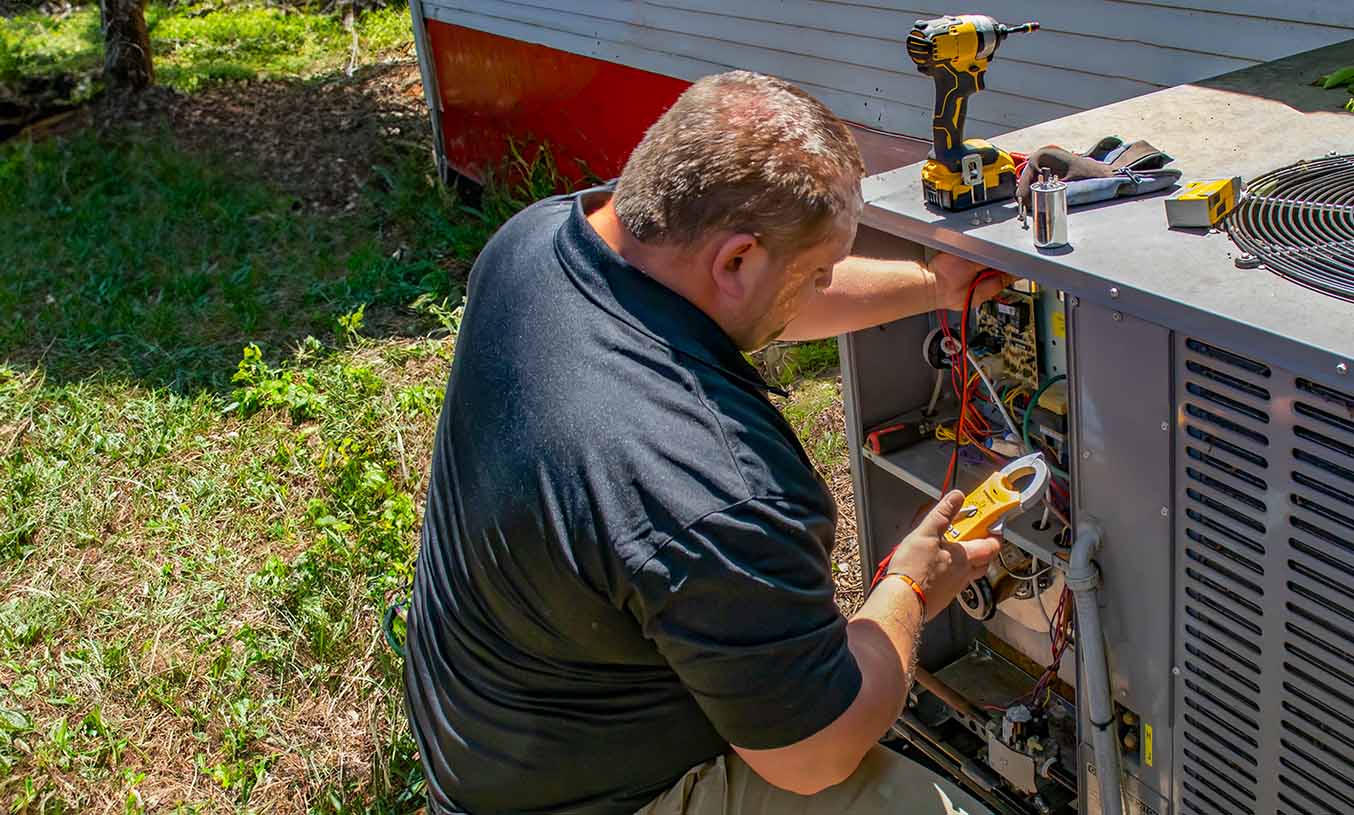

Energy Efficiency
Your trusted partner for professional home services. Quality workmanship, guaranteed satisfaction.




- HEP
- Energy Efficiency
Energy Efficiency | Air Conditioning | Heating and Air Conditioning | Winfield
When Winfield summers turn balmy, HEP’s energy-efficient expertise keeps every home refreshingly cool. Our certified technicians pair cutting-edge equipment with thoughtful design to deliver whisper-quiet air conditioning that sips electricity instead of guzzling it, lowering monthly bills while shrinking your carbon footprint. From smart thermostats to high-SEER heat pumps, we customize solutions that fit your lifestyle—and your budget.
Backed by decades of local experience, we handle everything from precision installations to preventive maintenance and rapid repairs, all with transparent pricing and a satisfaction guarantee. Trust HEP to keep the comfort flowing season after season; schedule your consultation today and feel the difference true efficiency can make.
FAQs
How can an energy-efficient air conditioner lower my utility bills in Winfield?
Winfield summers regularly reach the high 80s and 90s, so cooling can account for 50 % or more of your electric bill. A high-efficiency unit uses a variable-speed compressor, an ECM fan motor, and improved coil design to deliver the same comfort with 20-40 % less electricity than systems that are 10–15 years old. Because ComEd’s average residential rate is about 14¢ / kWh, many homeowners see annual savings of $200–$450 after upgrading. Lower run times also reduce wear on components, which helps you save on repairs and extends equipment life.
What SEER rating should I look for when replacing my AC in Winfield?
As of 2023, the federal minimum SEER (Seasonal Energy Efficiency Ratio) for the northern region, which includes Illinois, is 14. We recommend considering a unit rated SEER2 16–18 for the best balance of upfront cost and long-term savings. Each 1-point increase in SEER can cut cooling costs by roughly 5 %. For homes with high usage—large square footage, west-facing windows, or extensive glazing—a 20+ SEER inverter system can pay for itself in 5–7 years thanks to lower energy bills and utility rebates.
Are there local rebates or incentives for upgrading to a high-efficiency air conditioner?
Yes. ComEd offers instant rebates of $100–$200 for ENERGY STAR® certified central air conditioners rated SEER2 15 or higher when installed by a participating contractor. Nicor Gas provides a $350 rebate when the AC is paired with a high-efficiency furnace (95 %+ AFUE). In addition, the federal Inflation Reduction Act allows a tax credit of 30 %, up to $600, on qualified AC purchases through 2032. We handle all paperwork for you and apply the utility discounts upfront on your invoice, so you never have to wait for a check.
How often should I schedule maintenance to keep my AC running efficiently?
Professional tune-ups should be performed once a year, preferably in early spring before heavy use begins. Our 21-point inspection includes cleaning the outdoor coil and indoor evaporator, checking refrigerant charge, tightening electrical connections, and calibrating the thermostat. A clean, properly charged system can operate up to 15 % more efficiently and is far less likely to break down during a July heatwave. Between visits, homeowners should replace or wash air filters every 30–60 days and keep at least two feet of clearance around the condenser.
Can a smart thermostat really improve the energy efficiency of my cooling system?
Absolutely. Smart thermostats such as the Google Nest or ecobee learn your schedule and adjust temperatures automatically, ensuring the AC runs only when necessary. The U.S. EPA estimates these devices save the average Midwestern home about 8 % on cooling costs—that’s $50–$80 per season in Winfield. Features like geofencing, remote sensors, and humidity control further fine-tune comfort. Many models integrate with ComEd’s Demand Response programs, letting you earn bill credits for slight temperature adjustments during peak-demand events.
What size air conditioner is right for my Winfield home, and why does sizing matter?
Proper sizing is critical: an undersized unit will run nonstop and still leave you hot, while an oversized one short-cycles, causing humidity problems, uneven temperatures, and higher energy bills. We perform a Manual J load calculation that considers square footage, insulation levels, window orientation, air-seal quality, and occupancy. For example, a typical 2,000-sq-ft Winfield colonial with R-15 walls and double-pane windows usually needs a 2.5–3-ton system, but a newer, better-insulated home of the same size might need only 2 tons. Precise sizing ensures maximum efficiency, lower operating costs, and longer equipment life.